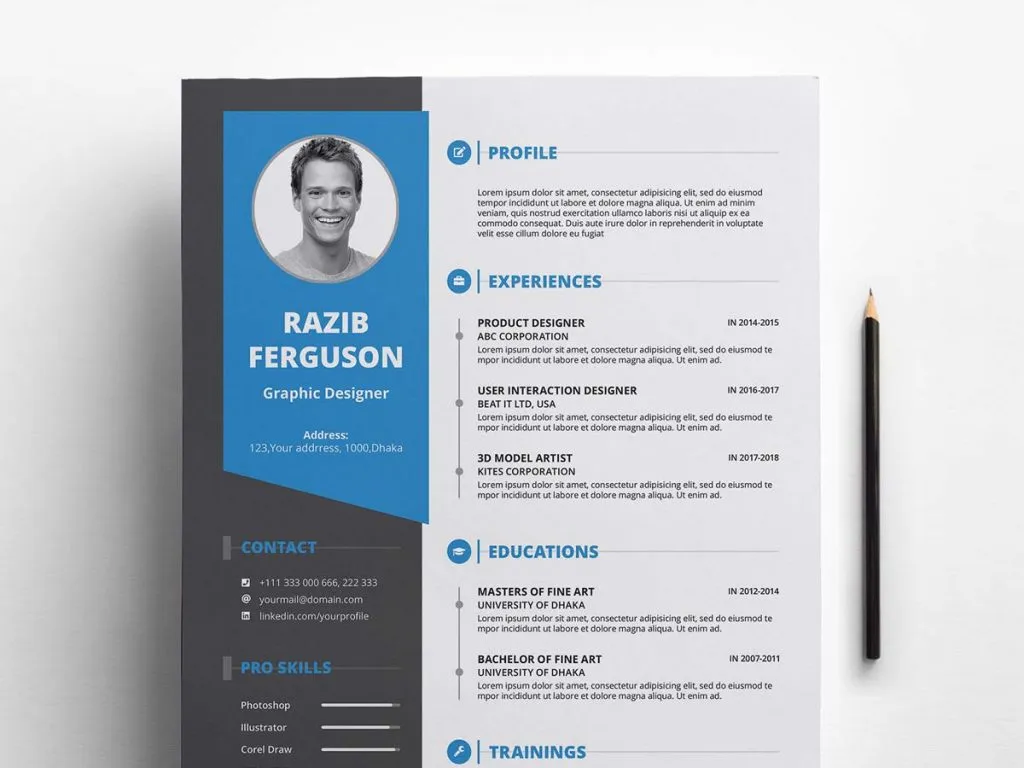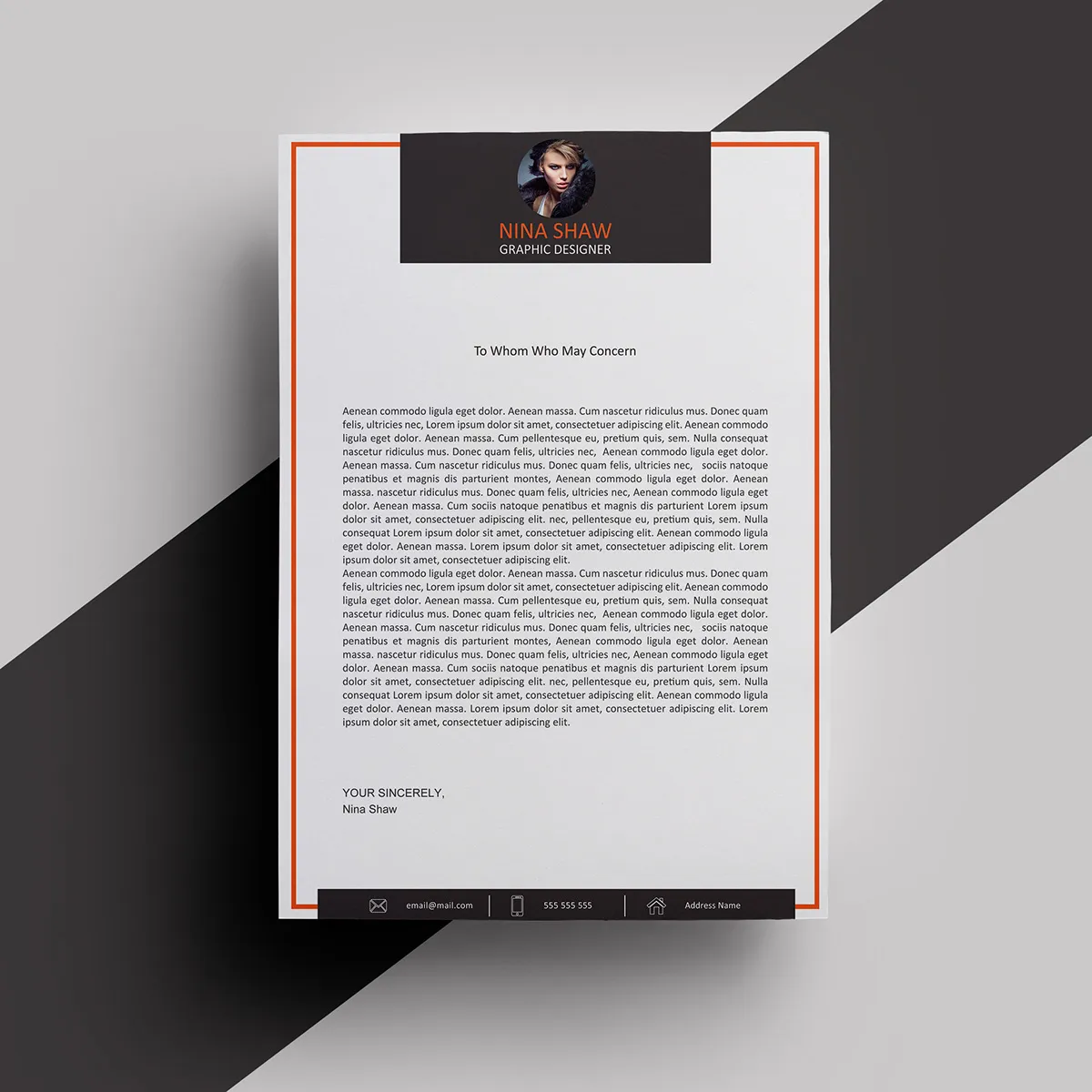What is a Cover Letter and Why You Need One
In the competitive landscape of job applications, a cover letter serves as your personalized introduction to a potential employer. Think of it as the opening statement in your candidacy, a chance to highlight your skills and experiences in a way that a resume alone cannot. It is an essential document that accompanies your resume when applying for a job. While your resume provides a comprehensive overview of your qualifications, a cover letter allows you to elaborate on your suitability for the specific position and demonstrate your interest in the company. It is a crucial tool in making a positive first impression and increasing your chances of landing an interview. A well-crafted cover letter is not just a formality; it’s a strategic way to differentiate yourself from other applicants and show that you’ve taken the time to tailor your application to the role.
The Purpose of a Cover Letter
The primary purpose of a cover letter is to introduce yourself to the hiring manager and explain why you are a strong fit for the job. It serves as a bridge between your qualifications and the job requirements, allowing you to articulate your value proposition. A well-written cover letter goes beyond simply restating the information found in your resume. Instead, it focuses on showcasing your personality, enthusiasm, and specific skills that align with the job description. The cover letter is your opportunity to connect your past experiences and future aspirations with the needs of the employer. In essence, the cover letter’s aim is to persuade the hiring manager to take notice of you and invite you for an interview, and it should be tailored to each job application.
Key Components of a Cover Letter

A compelling cover letter includes several key components that work together to make a strong case for your candidacy. First, begin with a professional heading that includes your contact information and the date. Follow with a formal salutation addressing the hiring manager or recruiter by name, if possible. The body of the letter should then include an introduction that grabs the reader’s attention, a middle section detailing your relevant skills and experience, and a closing paragraph that expresses your interest and thanks the reader for their time. Ensure your introduction clearly states the position you’re applying for and how you found the opportunity. Highlight your most relevant skills, experiences, and accomplishments that align with the job requirements. Finally, a strong closing should reiterate your interest, express gratitude, and include a call to action, like stating your availability for an interview.
Where to Find Free Cover Letter Templates
Finding free cover letter templates can be a game-changer in your job search, saving you valuable time and effort. There are numerous online resources offering professionally designed templates that can be customized to suit your needs. These templates come in various styles, from formal and classic to modern and creative, allowing you to choose one that reflects your personality and the job you’re applying for. Utilizing these templates ensures you have a solid foundation for your cover letter. They provide a structured format, helping you organize your thoughts and present your information effectively. By starting with a template, you can focus on tailoring the content to match your skills and the specific job requirements, rather than worrying about the layout and design from scratch. The availability of free cover letter templates is a boon for job seekers, offering a simple solution for creating professional-looking applications.
Online Resources for Free Templates
Several online platforms and websites specialize in providing free cover letter templates. These resources often offer a wide variety of templates, catering to different industries, job types, and levels of experience. Searching for ‘free cover letter templates’ will yield numerous results, including websites that offer downloads in various formats such as Word, Google Docs, and PDF. When choosing a resource, look for sites that provide high-quality templates that are well-designed and easy to customize. Consider websites that offer guidance on how to use the templates, including tips on formatting, content, and wording. Many sites also provide examples of cover letters for specific jobs or industries, which can provide inspiration and help you tailor your letter to your needs. It is crucial to select a reputable website to ensure the templates are free of malware and compatible with your preferred word processing software.
Template Websites

Numerous websites specialize in offering free cover letter templates, each with its own set of features and design options. Popular platforms often include a diverse selection of templates, ranging from basic and functional to more visually appealing and modern designs. These websites frequently categorize templates by industry, job type, or experience level, making it easier for job seekers to find options that align with their specific needs. Some websites also provide customization tools, allowing users to easily modify templates with their information, change fonts, and adjust layouts. When exploring template websites, consider factors such as the variety of designs offered, the ease of use, and whether the site provides additional resources such as writing guides or examples. Checking user reviews can also provide insights into the quality and reliability of the templates offered.
Word Processor Templates
Major word processors like Microsoft Word and Google Docs offer built-in cover letter templates. These templates are readily accessible within the software, providing a convenient and familiar option for creating cover letters. These templates often come in various styles and formats, making it easy to choose one that suits your preferences. To access these templates, simply open a new document in your word processor and search for ‘cover letter templates.’ You’ll find a selection of pre-designed templates that can be easily customized by adding your information and tailoring the content to your needs. Using word processor templates offers the advantage of seamless integration with your existing software, making the process of writing and editing your cover letter straightforward. This approach provides a user-friendly experience and eliminates the need to download and manage external files.
Customizing Your Free Cover Letter Template
While free cover letter templates provide a great starting point, customization is key to creating a document that truly reflects your unique qualifications and experiences. The goal is to tailor the template to fit your specific needs, making your cover letter stand out from the crowd. Begin by replacing the placeholder text with your information. Make sure to update your contact details, address, and the date. Then, carefully read the template’s content and tailor it to the specific job you’re applying for. Don’t hesitate to modify the language to highlight the skills and experiences most relevant to the position. Customization is essential to create a cover letter that resonates with the hiring manager and showcases your unique strengths.
Adapting Templates to Your Skills

One of the most crucial aspects of customizing your cover letter template is adapting it to highlight your relevant skills. Start by carefully reviewing the job description and identifying the key skills and qualifications the employer is seeking. Then, assess your own skills and experiences and choose the ones that align best with the job requirements. Use the cover letter to showcase how your skills have been successfully applied in past roles and how they will benefit the employer. Provide concrete examples of your accomplishments, quantifying your achievements whenever possible. This might include increasing sales, streamlining processes, or leading a team. Tailoring your template to your specific skill set will ensure your cover letter is not only well-written but also highly relevant to the job application.
Formatting and Style Tips
Attention to formatting and style can significantly improve your cover letter’s impact. Use a professional and easy-to-read font, such as Times New Roman, Arial, or Calibri, and maintain a consistent font size throughout the document. Keep the text well-organized with clear headings, bullet points, and ample white space. Ensure proper grammar, spelling, and punctuation. Proofread your cover letter carefully to eliminate any errors. As for style, adopt a formal yet personable tone. Avoid jargon and overly complex language. Use action verbs to start sentences and describe your achievements, making your cover letter dynamic and engaging. Customizing your formatting and style will help ensure that your cover letter is polished, professional, and easy to read.
Resume and Cover Letter Synchronization
To maximize your chances of success, it is important to ensure that your cover letter and resume work in harmony. The two documents should complement each other, providing a cohesive picture of your qualifications and suitability for the job. Your cover letter should highlight your most relevant skills and experiences, while your resume provides a detailed overview. The cover letter should tease specific information in your resume without duplicating it entirely. The goal is to create a narrative that captivates the reader, enticing them to learn more about you. Synchronization helps create a consistent professional image and allows you to tailor both documents for the specific job application, increasing the impact of your application overall.
Matching Styles and Formatting

Consistency in styles and formatting is essential when synchronizing your cover letter and resume. Use the same font, font sizes, and overall layout for both documents. Ensure that the headings, bullet points, and margins are consistent. This will create a cohesive and professional look, conveying attention to detail. Consider using the same color scheme if you’re including any design elements. Matching your styles and formatting will help create a cohesive and professional image. It demonstrates your attention to detail and reinforces the idea that you’re organized and meticulous. A consistent design enhances the overall presentation, making your application more appealing and easier for the hiring manager to review.
Referencing the Resume in the Cover Letter
In your cover letter, reference specific details from your resume to highlight your relevant skills and experiences. Rather than simply restating information from your resume, use your cover letter to expand on key achievements and explain how your skills align with the job requirements. When mentioning a skill or accomplishment from your resume, be sure to provide context and explain its relevance to the position. For example, if your resume lists your proficiency in project management, your cover letter could elaborate on how you successfully managed a particular project, detailing its impact and the skills you used. Referencing the resume in the cover letter helps bridge the gap between your qualifications and the job requirements, making a stronger case for your candidacy.
Common Mistakes to Avoid
Several common mistakes can undermine the effectiveness of your cover letter. Avoid sending a generic letter that is not tailored to the specific job or company. Ensure that your cover letter is free of grammatical errors, spelling mistakes, and typos; proofread carefully before submitting it. Avoid using overly formal or informal language. Make sure to avoid mentioning salary expectations in your cover letter unless explicitly requested by the employer. Don’t simply restate your resume verbatim; instead, elaborate on your key accomplishments and explain how your skills align with the job requirements. Paying attention to these common pitfalls will improve your cover letter’s impact and increase your chances of landing an interview.
In conclusion, a well-crafted cover letter is a vital tool in your job search arsenal. By using a free cover letter template, you can quickly create a professional-looking document. Remember to customize the template to highlight your unique skills, tailor the content to the specific job requirements, and synchronize your cover letter with your resume. Avoid common mistakes and pay close attention to formatting, grammar, and tone. By following these guidelines, you’ll significantly boost your chances of making a positive first impression and securing your dream job. Utilizing free cover letter templates is a smart and effective way to streamline your job application process, saving you time and effort. Get started today and take the first step towards landing the job you want.
